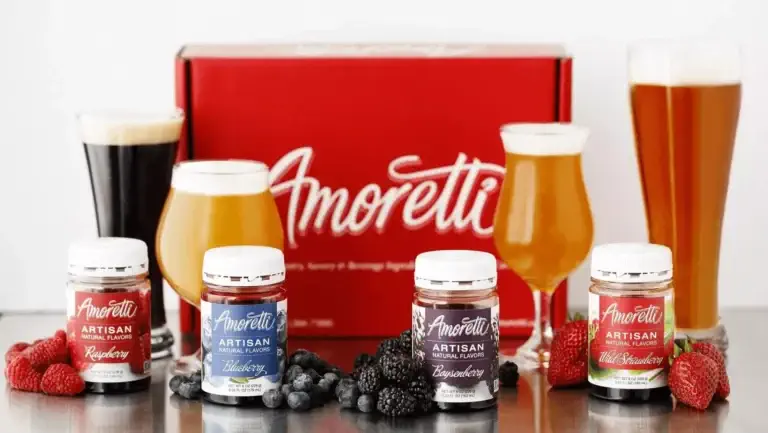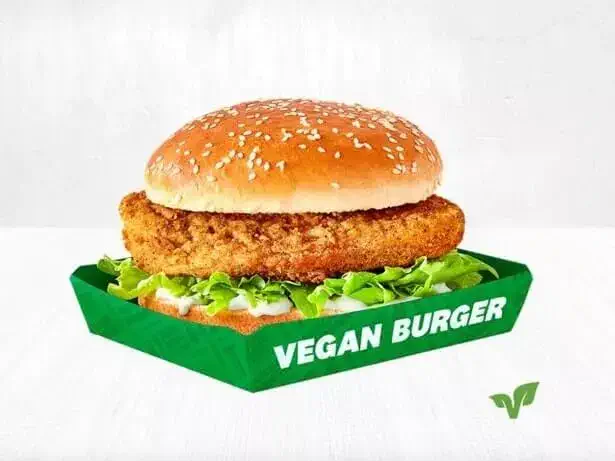Food Patent Attorney - Protect Your Recipe or Formula
Do you have a delicious original recipe or formulation? Use a food patent to protect your unique blend of herbs, spices, and other ingredients.
Food Patent Attorney for the Food and Beverage Industry
The food and beverage industry is highly competitive, but there is a silver lining. Everyone needs to eat and drink! If you have an idea for a food or beverage-related product or process, it’s a smart idea to apply for patent protection with an attorney that specializes in this area.
Whether you’re a manufacturer, a flavoring company, or an entrepreneur with an innovative creation, The Patent Professor® can guide you step by step in the patent application and filing procedures. Our hassle-free process helps you obtain a patent and protect your invention from copycats and knockoffs.
Types of Patents in Food and Beverage
A food patent is more than just about a new product or flavor.
You can potentially obtain a patent in the following areas:
- Processing
- Production
- Preservation methods
- Packaging and package design
- Functional ingredients
What Is an Example of a Patent?
Food patents typically fall under the umbrella of a utility patent. Because the U.S. Government encourages innovation in all areas of business and industry, inventors can apply for a patent that protects their creation. When granted a U.S. patent gives the holder exclusive right to use, make, or sell the product or process.
We encourage clients with innovative ideas to apply for a patent even if they don’t plan on acting on it. The reason is that patent owners can still profit from their idea, whether they follow through or not. They can permit others to use the idea via a licensing or sale agreement. The patent owner has a lot of bargaining power, and a novel idea could be worth a massive sum.
There are countless examples of patents, but we’ll share some unusual ones to illustrate how broad the scope of food patents can be.
- A new beer flavor - Amoretti® has patented several flavors for use in a variety of products, including beers. Some of the more unusual ones include Cookies & Cream and Butter Pecan.

- Vegan food substitutes ® - As the vegan movement gains momentum, people are looking for plant-based foods that taste like the traditional versions. Egg, burger, sausage, and butter substitutes now have patented formulas.

Utility patents for food and beverage can be challenging to obtain. Working with a skilled patent attorney is vital to ensure that your paperwork is filed correctly, and you’ve presented the uniqueness of your idea in the most favorable light.
Depending on the type and scope of your invention, we may file for a design patent instead. Though it lasts only 14 years (compared to a utility patent, which lasts 20 years), this patent is best suited for when the design of a food product has changed. Examples include Nestle’s unique design for Rolo® candy or the shape of a Coca Cola® bottle.
Provisional patents are also an option if you are still in the process of developing or refining your idea. A provisional patent application qualifies you for legal protection while you continue to improve your creation.
Can You Patent a Food Concept or Food Recipe?
The USPTO (United States Patent and Trademark Office) has allowed food concepts and recipes to patented under Patent Class 426.
In order to qualify for a patent, the invention still has to meet the criteria set forth by the USPTO.
The rules are as follows:
It Must Not Be Obvious
It Must Be Original
It Must Be Useful
You Must Disclose Details
Think of this requirement as akin to sharing grandma’s secret recipe for chocolate chip cookies. You have to disclose all of your ingredients and processes related to your idea. This means that anyone viewing your patent would be able to duplicate your invention without “undue experimentation.”
Details are more than just specifying tools or ratios. You’ll have to get incredibly scientific and disclose everything about your idea in order to demonstrate its uniqueness and originality. However, there’s a delicate balance between sharing enough information to secure a patent and sharing too much that someone can copy and alter your idea to get around the patent.
To protect your idea, it’s imperative that you work with an expert IP lawyer like The Patent Professor.®
Can You Patent a Trade Secret?
Patents and trade secrets are two different things. A patent gives you specific legal protection in the form of a monopoly for your invention for several years. In exchange, you have to register your “secret” with a government agency, which voids its secrecy and puts your work in the public domain.
A trade secret, on the other hand, requires no registration process, and its protection can last indefinitely. However, trade secrets are vulnerable to reverse engineering and internal leaks. Once a trade secret is made known, anyone can copy it without repercussion.
Because trade secrets are so vulnerable, we typically advise our clients to file a patent instead. However, there’s not a one-size-fits-all solution, and what we recommend will depend on your unique circumstances.
We encourage you to get in touch with The Patent Professor® for a complimentary consultation. Our board-certified firm is well-equipped to see you through the patent application process from start to finish.
Get in touch with The Patent Professor®
Contact John Rizvi, P.A., aka The Patent Professor® today to discuss the next steps in filing for a food patent. Give us a call at 1-(877) 728-7763


